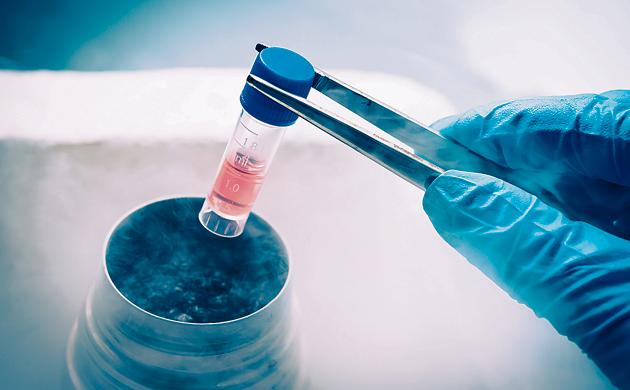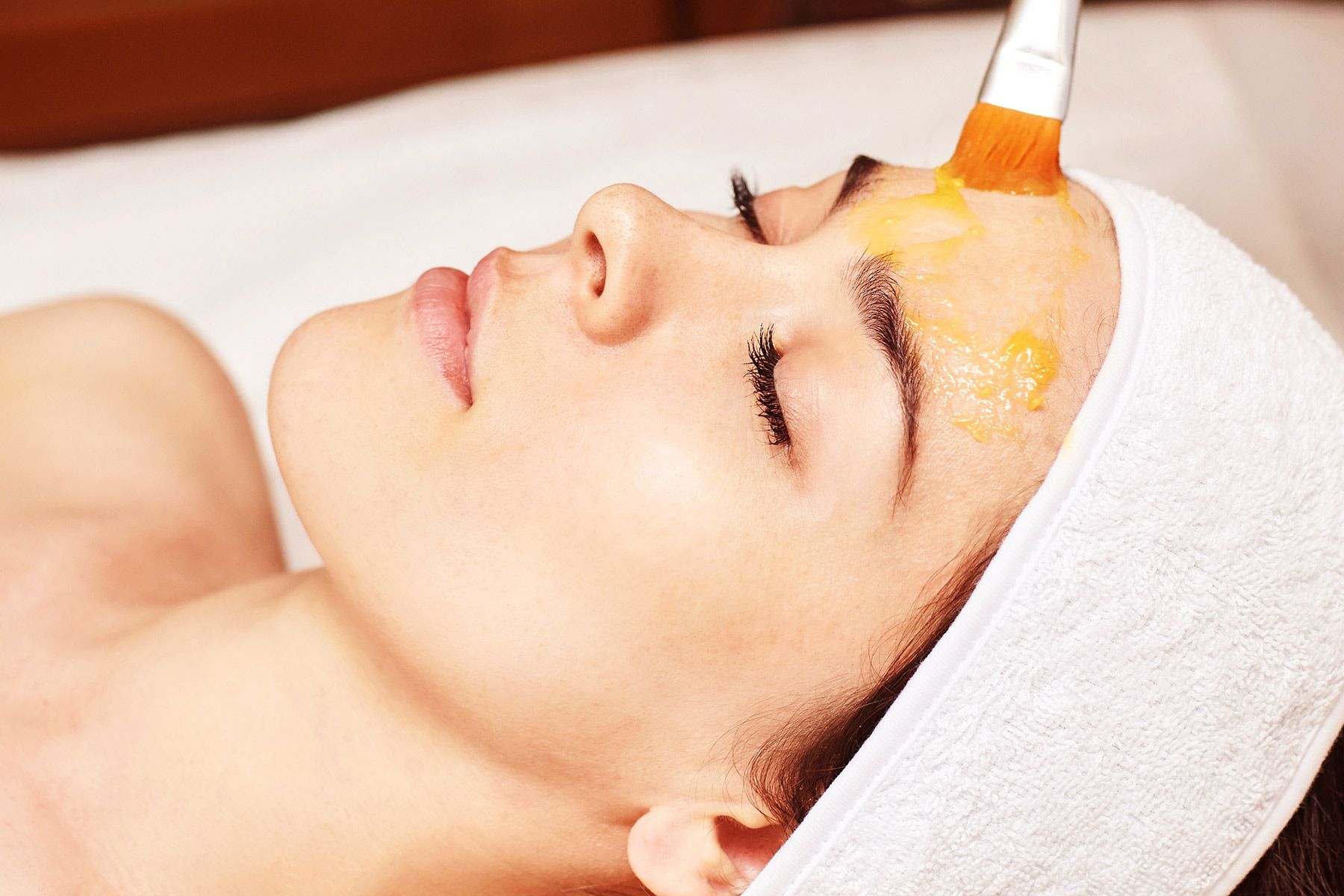If there’s one thing that we all want to do, it’s to look our best. That means taking care of our skin and hair and making sure that everything is in tip-top shape. While some products help us achieve this goal, others can cause more harm than good, especially when they contain carcinogens and other harmful chemicals.
Here are some common hair and face care products that have been linked to cancer:
Table of Contents
Hair Straighteners with Links to Uterine Cancer
When it comes to carcinogens, formaldehyde is the poster child. It’s a known carcinogen that has been linked to nasal cancer and leukemia. And now, researchers are saying that it could also be linked to uterine cancer.
This is bad news for those who regularly use hair straighteners, which often contain formaldehyde as an ingredient. While they may help keep your hair straight and smooth, there’s no reason why you should risk your health to achieve this look.
More recently, there have been at least nine uterine cancer hair straightener lawsuits against L’Oreal and other makers of hair straightener products. The lawsuits came after the National Institutes of Health study, released Oct. 17, found that women who used many of these products frequently to straighten hair permanently were more than twice as likely to develop uterine cancer.
Nail Polish Is a Suspected Endocrine Disruptor
Triphenyl phosphate, or TPHP, is a suspected endocrine disruptor that can be absorbed through the skin. The European Union has banned it from nail polish because of its potential for toxicity and harm to children’s health. The National Toxicology Program has also listed TPHP as a chemical of concern.
In addition to being found in nail polish, TPHP can be found in paints and coatings used by furniture manufacturers. These products may contain up to 30% TPHP as an ingredient.
Hair Dyes May Include Carcinogen
According to the National Cancer Institute, some of the chemicals in hair dyes have been reported to be carcinogenic. These include aromatic amines used as dye intermediates in permanent hair dye formulations.
Hair dye is also one of the most common sources of exposure to the chemical benzene, which can cause cancer and leukemia. Coal tar, an ingredient used to develop hair dye and other beauty products, has also been linked to cancer. It may have the ability to disrupt your endocrine system (that’s the system that regulates hormones).
If you choose to use these products anyway, you can try using them sparingly, or at least not every day if possible.
Common Sunscreen Ingredients That Can Pose Health Hazards
The FDA has approved two ingredients to protect your skin from the sun: oxybenzone and retinyl palmitate. Oxybenzone is a hormone disruptor that can penetrate your skin and enter your bloodstream, particularly if you have sensitive or damaged skin.
Retinyl palmitate is not approved for use in sunscreen and can also cause damage to cells when exposed to sunlight. According to the Environmental Working Group (EWG), retinyl palmitate may speed up the development of skin tumors when applied in sunlight exposure.
Personal Care Products Containing Parabens and Phthalates
Parabens are chemicals that are found in many shampoos, moisturizers, and other personal care products. They act as a preservative that prevents bacteria growth.
Phthalates are another chemical you can find in cosmetics and personal care products. They’re often added to plastics to make them softer and more flexible and, therefore, more malleable.
Both parabens and phthalates can be absorbed through skin contact, and although they’re considered safe at the levels in which they’re used in products, researchers think long-term exposure could cause health problems later on down the road.
When it comes down to any doubt about whether or not your skincare routine contains potentially harmful ingredients like these two chemicals, just skip them.
Consumer Products That Contain Triclosan
Triclosan is an antibacterial pesticide, and it’s showing up in far too many consumer products, from toothpaste to toys and everything in between. This chemical has been banned in Europe because of its link to hormone disruption and skin allergies.
Triclosan can interfere with hormones by mimicking estrogen and testosterone, which could lead to an increased risk of infertility or breast cancer. The chemical has also been found to irritate your eyes, nose, and throat when it enters your bloodstream through your skin.
EWG Findings
In the past 10 years, EWG has been working to educate consumers about products that might expose them to chemicals that cause cancer. Here are a few of their findings:
- Many hair and face care products are on the market today with ingredients linked to cancer. Some of these ingredients have yet to be tested for safety. Others were only tested for short-term exposure, not for long-term effects or repeated use throughout a lifetime, which is how most people use these products.
- The list of harmful substances found in personal care items is growing yearly as more research shows links between various chemicals and serious health problems such as cancer.
Conclusion
The bottom line is that we don’t want to scare you, but we want you to be aware of what chemicals are in the products you use daily. We hope this article has given some insight into what kinds of things might be lurking in your beauty product cabinet or under your sink right now.





:max_bytes(150000):strip_icc()/beautypackaging-8a3d59f4c3a240c9b174de4d3cccae50.jpg)